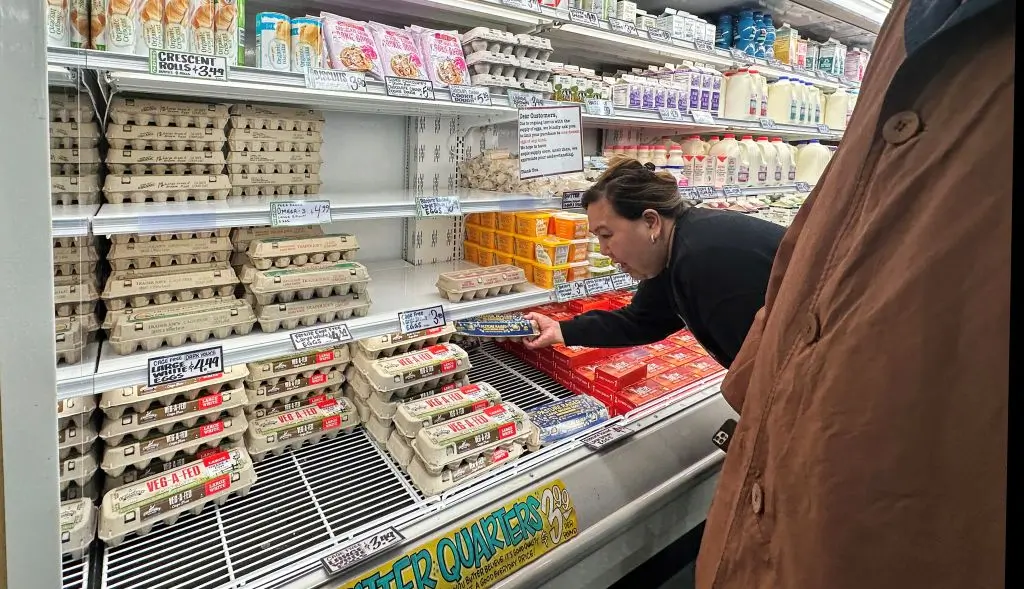
OAN Staff James Meyers
8:22 AM – Wednesday, February 12, 2025
U.S. consumer prices came in higher than expected in January as inflation showed few signs of slowing down.
Advertisement
The Consumer Price Index rose 0.5% last month, which is an increase from December’s 0.4% growth, according to the report from the Bureau of Labor Statistics on Wednesday.
Additionally, in the 12 months through January, the CPI increased 3%, which is up from 2.9% in December.
Meanwhile, economists had expected only a 0.3% monthly increase and 2.9% year-over-year growth.
Core prices, which excludes volatile food and energy prices, grew 0.4% in January from the month before, also rising more than expected.
The core figure came in at 3.3% year-over-year, which was above FactSet expectations of 3.1%.
Furthermore, food prices also increased 0.4% in January. The food at home index was up 0.5% for the month, with a staggering 15.2% increase for the cost of eggs accounting for almost two-thirds of the index’s total increase.
However, prices of fruits and vegetables fell 0.5% in January, while cereals and bakery products also decreased by 0.4%.
With the latest report showing that prices are actually picking up, it will likely keep the Federal Reserve from cutting interest rates anytime in the near future.
Since the COVID pandemic, January and February reports usually reveal higher inflation numbers.
Meanwhile, an increasing avian flu has devastated flocks across the U.S. and sent prices soaring.
“Some of January’s bad inflation print was due to one-off factors, like egg prices surging as avian flu swept across the nation’s agriculture industry, or the month’s cold snap and stiffer sanctions on Russia raising fuel oil prices,” said Bill Adams, chief economist for Comerica Bank. “But other inflationary pressures look like businesses resetting prices higher at the turn of the year to pass on increased expenses they felt in 2024.”
“The Fed will see January’s hot inflation print as confirmation that price pressures continue to bubble beneath the economy’s surface. That will reinforce the Fed’s inclination to at least slow and possibly even end rate cuts in 2025. The Fed is also watching the impact of higher tariffs, more restrictive immigration policies, and tax cut plans. These policies could all add to inflation as their effects ripple through the economy, causing the Fed to keep interest rates higher than they would have been under the status quo,” Adams added.
Stay informed! Receive breaking news blasts directly to your inbox for free. Subscribe here. https://www.oann.com/alerts
Advertisements below


